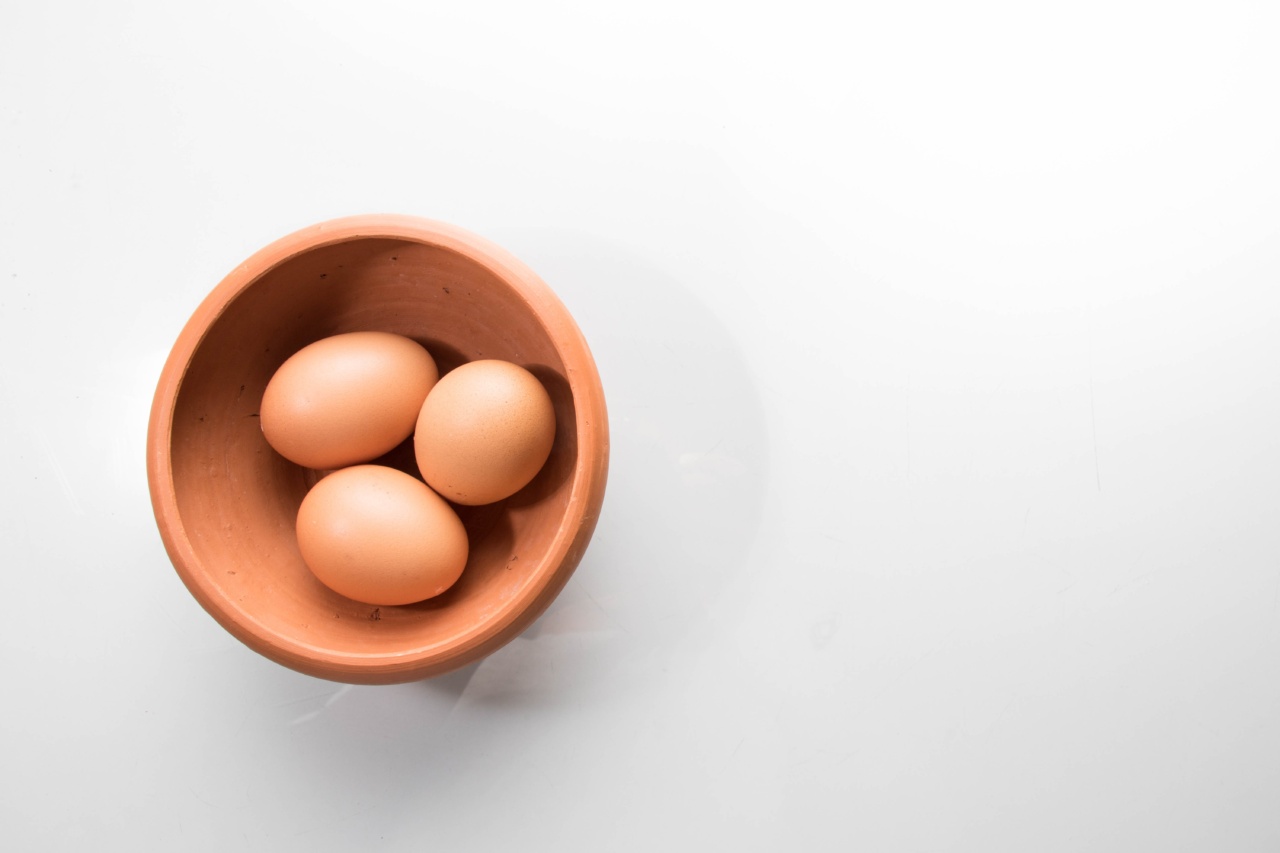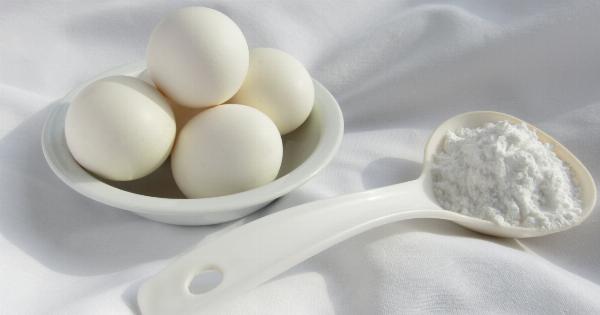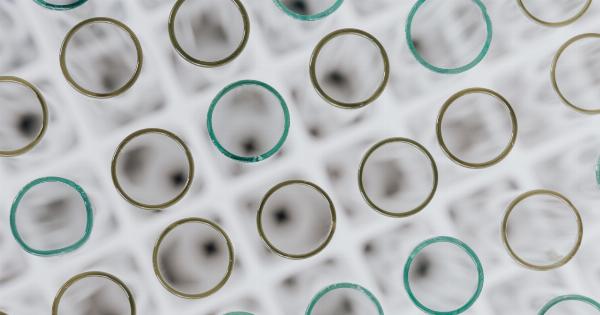Are you tired of never knowing if the eggs in your fridge are fresh or not? Here are some easy ways to determine their freshness:.
1. Check the Date on the Carton
The easiest way to determine the freshness of eggs is to check the sell-by or expiration date on the carton. Eggs are typically good for four to five weeks after packing, so make sure to use them before the expiration date.
2. Cold Water Test
Another way to check the freshness of your eggs is to do a cold water test. Fill a bowl with cold water and carefully place the egg in it. If the egg sinks to the bottom and stays there, it’s fresh.
If it sinks to the bottom but stands upright or floats, it’s not as fresh but still safe to eat. If it floats to the top, it’s no longer fresh and should be discarded.
3. Candle Test
The candle test involves holding an egg up to a light source. If the egg is fresh, the yolk and white will be firmly together and the egg will not have any air pockets.
If it’s not fresh, the yolk and white may separate and there may be air pockets inside.
4. Crack Test
Cracking the egg is another way to test its freshness. Fresh eggs will have a plump yolk and thick whites that stay together in the pan. If the yolk is flat and the whites are runny, it’s not as fresh but still safe to eat.
If the yolk and whites are watery, it’s no longer fresh and should be discarded.
5. Smell Test
If you’re brave enough, you can also do a smell test. Fresh eggs should not have a noticeable smell, but if you detect a foul odor, it’s no longer fresh and should be discarded.
6. Use-by Date
When buying eggs, look for the use-by date on the carton. This date indicates how long the eggs should be used after purchasing and is a good indication of their freshness.
7. Shell Quality
The quality of the eggshell can also indicate the freshness of the egg. Fresh eggs will have a smooth and shiny shell, while older eggs may have a dull or powdery shell.
8. Albumen Consistency
The consistency of the egg white can also be an indicator of freshness. Fresh egg whites will be thick and hold their shape when cooked, while older eggs may have a thinner, runnier white.
9. Visual Inspection
You can also visually inspect the egg for signs of freshness. Fresh eggs will have a bright yellow yolk, while older eggs may have a paler yolk. Fresh egg whites will be clear and not cloudy, while older egg whites may be cloudy.
10. Float Test
A final test for egg freshness is the float test. Fill a bowl with water and place the egg in it. If the egg sinks to the bottom and lay flat on its side, it’s fresh.
If it sinks to the bottom and stands upright or tilts, it’s still safe to eat but not as fresh. If the egg floats, it’s no longer fresh and should be discarded.































